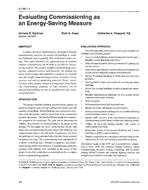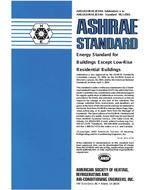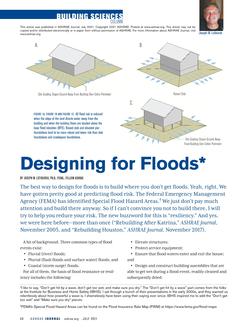In reviewing literature representing thermal comfort, indoor air quality, building performance and HVAC, it is apparent that a centraltemperature of 77.5°F+/- 22.5°F (25°C+/- 12.5°C ) is common to the highest performing buildings delivering the highest indoor environmentalquality. This range captures temperatures of the human body whilst enabling peak efficiency from mechanical systems. Within this zone there isalso a reduction in entropy and a facilitation of exergy efficiency with renewable resources; a reduced breakdown of building materials, andimproved perceptions of thermal comfort and air quality. The literature review also showed that the closer the operating temperatures of non-humanelements (e.g., radiator, dry- bulb, boiler, heat pump temperatures) to the central temperature the more it benefited the human element from anenvironmental health and operating cost perspective. It also showed temperatures further away from the center core the lesser the thermal efficacy,energy and exergy efficiency. Additionally, the greater spreads demonstrate more entropy and additional risks to health and safety. Each elementaround this central temperature has been sequenced into a proposed chart (Figure 1.) which could be used by industry to show how factors withinindoor environmental quality (IEQ) and the building technologies that control or otherwise affect it are interactive and connected.
Citation: IAQ Conference: IAQ 2013: Environmental Health in Low Energy Buildings
Product Details
- Published:
- 2013
- Number of Pages:
- 8
- File Size:
- 1 file , 1.2 MB
- Product Code(s):
- D-2013IAQConf-58


